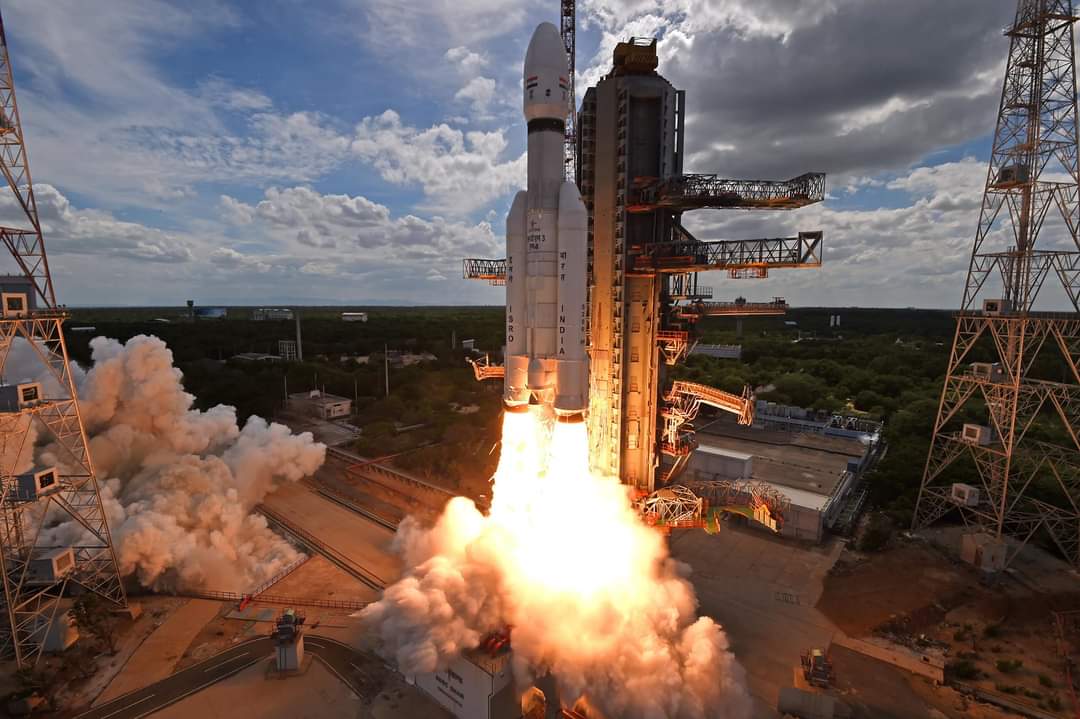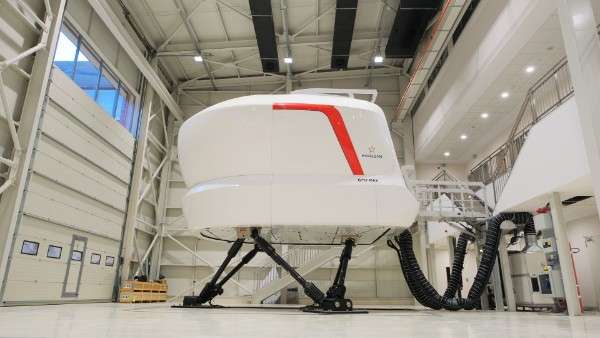India took a significant step towards becoming the fourth country to achieve a controlled landing on the moon as it successfully launched the Chandrayaan-3 lunar exploration mission from Sriharikota in Andhra Pradesh. Following in the footsteps of Russia, the United States, and China, India’s Indian Space Research Organization (ISRO) aims to deploy a lander and rover near the moon’s south pole by August 23. The mission will operate for approximately 14 Earth days, conducting a series of experiments.
The LVM3 launch rocket of ISRO’s Chandrayaan-3 mission blasted off from the main spaceport, leaving behind a striking plume of smoke and fire. This ambitious venture aims to accomplish what no other country has done before, achieve a controlled landing near the lunar south pole. With a 2-meter-tall lander and a rover designed for a two-week functional period, India seeks to gather crucial data and conduct extensive scientific investigations.
While ISRO’s previous lunar mission, Chandrayaan-2, successfully deployed an orbiter, the lander and rover were lost in a crash near the intended touchdown site for Chandrayaan-3. However, this setback has only intensified India’s determination to achieve a successful controlled landing this time around. The Chandrayaan-3 mission represents a significant opportunity for India to make groundbreaking advancements in lunar exploration and contribute to humanity’s understanding of the moon’s mysteries.
Lessons for Pakistan
As India takes remarkable strides in its lunar exploration endeavors with the launch of Chandrayaan-3, neighboring Pakistan finds itself in a different position, without a moon mission to its name. The space race in the South Asian region not only represents scientific achievements but also holds implications for long-term regional influence. While India’s space program continues to grow, Pakistan faces the challenge of catching up in the field of space exploration. Establishing a moon mission requires substantial investment, technological expertise, and strategic planning. As India forges ahead, Pakistan may consider the lessons learned from its rival, assessing the potential benefits of investing in its own space program to enhance scientific capabilities, technological innovation, and assert its presence in the space domain, contributing to the broader regional dynamics.
To enhance its space capabilities and compete in the region, Pakistan can focus on three key areas. Firstly, by introducing skill-based education programs in universities, the country can nurture a talented pool of scientists and engineers specialized in space-related disciplines. Secondly, providing attractive employment opportunities and incentives can help retain accomplished individuals, preventing brain drain and ensuring that expertise remains within the country. Lastly, reforming institutional structures by placing field experts in positions of authority, addressing corruption issues, and allocating proper funds for space programs can help overcome bureaucratic and administrative hurdles, facilitating a more efficient and effective pursuit of space exploration.












